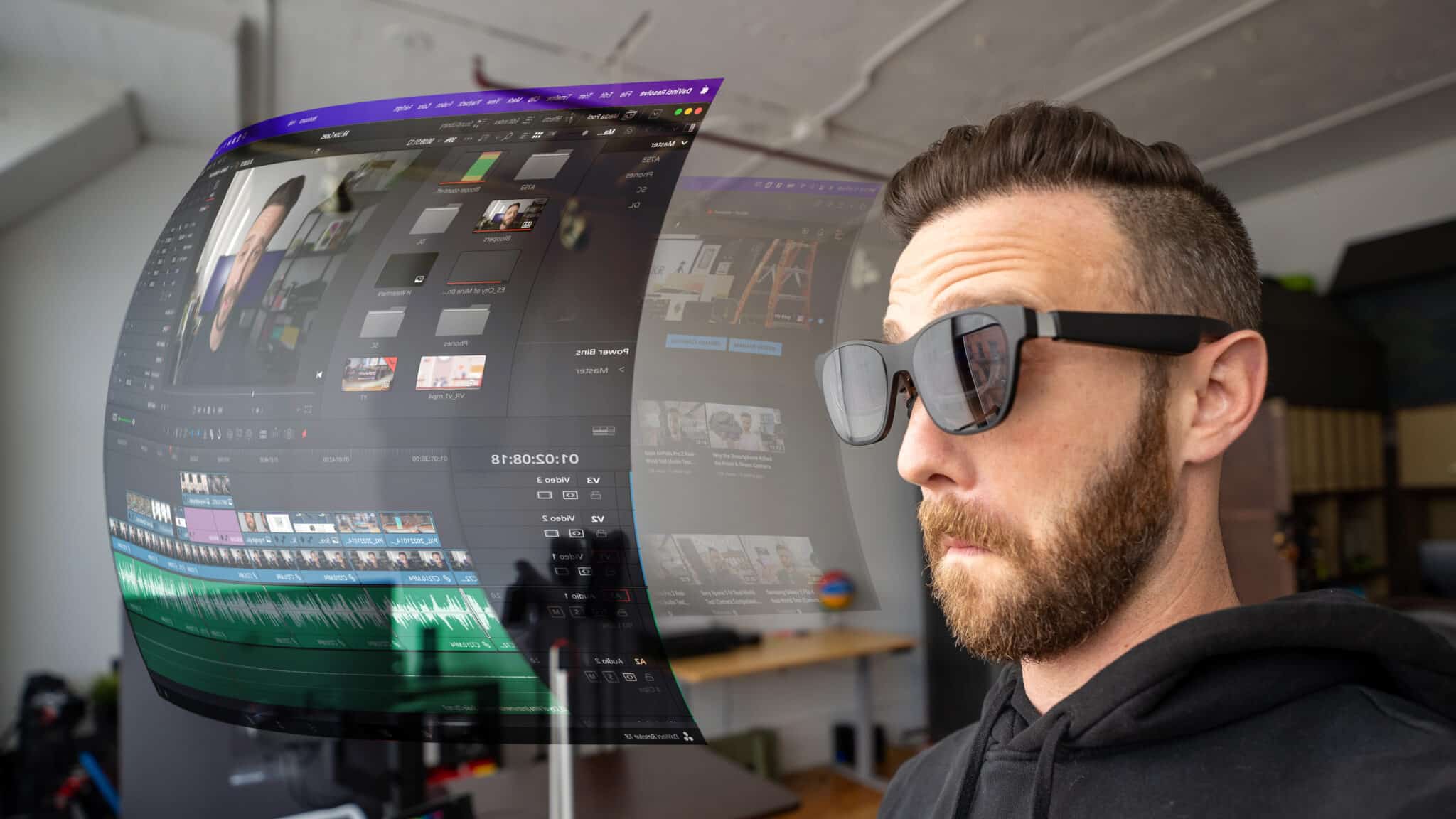How to Root the Nvidia Shield
Now that you have unlocked your bootloader, the next obvious step is of course actually rooting the Nvidia Shield. This procedure, as with the bootloader unlock, is pretty easy and you should be done in a couple of minutes. Read on then to know how to root your Nvidia Shield.
I. Before You Begin
1. You need to unlock your bootloader for this procedure to work. Use our guide if you need help with this.
2. Back up everything you feel is important before you start.
3. Charge your device to 75% or more before you begin.
4. Make sure that you have the proper ADB drivers installed before you begin. If you are unsure about this, use the Universal_Naked_Driver_0.73.zip file provided in the next section.
II. Necessary Downloads
1. Universal_Naked_Driver_0.73.zip [Link available in this post]
2. Android.zip
3. Superuser-su.zip [Link available in this post]
4. thor-insecure-patched-boot.img [Link available in this post]
III. Rooting the Nvidia Shield
1. Extract Android.zip to a folder on your desktop.
2. Extract Superuser-su.zip to a folder on your desktop. You should now have two files – Superuser.apk and the su binary – copy these files to the extracted Android folder.
3. Copy thor-insecure-patched-boot.img to the Android folder.
4. Enable USB Debugging on your device. To do this, go to Settings > Development and tick the USB debugging option. If you do not find the development section in your settings, go to Settings > About phone and tap on the build number seven times until you get the “You are now a developer” message.
5. Connect your device to your Windows PC using a compatible microUSB cable. If any drivers are installed at this point, let Windows do so; if Windows fails to find the proper drivers, point the driver location to the extracted Universal_Naked_Driver_0.73 folder.
6. Right-click on the extracted Android folder and click on Open command prompt here.
7. Run the following commands {Ignore the comments in brackets as they are for information purposes only, also don’t forget to hit the Enter key after every command that is in bold}:
adb reboot bootloader [reboots your device to fastboot mode]
fastboot devices [you should see a string of alphanumeric characters as your device’s ID; if you don’t, you probably don’t have the proper drivers installed and you’ll need to install them before continuing from this point].
fastboot boot thor-insecure-patched-boot.img [flashes the insecure boot image to your device so you can root it]
adb shell
mount -o rw,remount -t ext4 /dev/block/platform/sdhci-tegra.3/by-name/APP /system
exit
[The above commands set the /system partition permissions to read/write so it can be modified]
adb push su /system/xbin
adb push Superuser.apk /system/app
adb shell
chmod 6755 /system/xbin/su
chmod 644 /system/app/Superuser.apk
mount -o ro,remount -t ext4 /dev/block/platform/sdhci-tegra.3/by-name/APP /system
sync
reboot
[The above commands push the Superuser.apk and su binary files to your system folder, essentially rooting your device]
Once your Shield reboots, you should have root privileges! To check, as always, install Root Checker Lite from the Play Store or look for the Superuser app in your app drawer.
If this procedure helped you please thank/donate to the original developers here.


